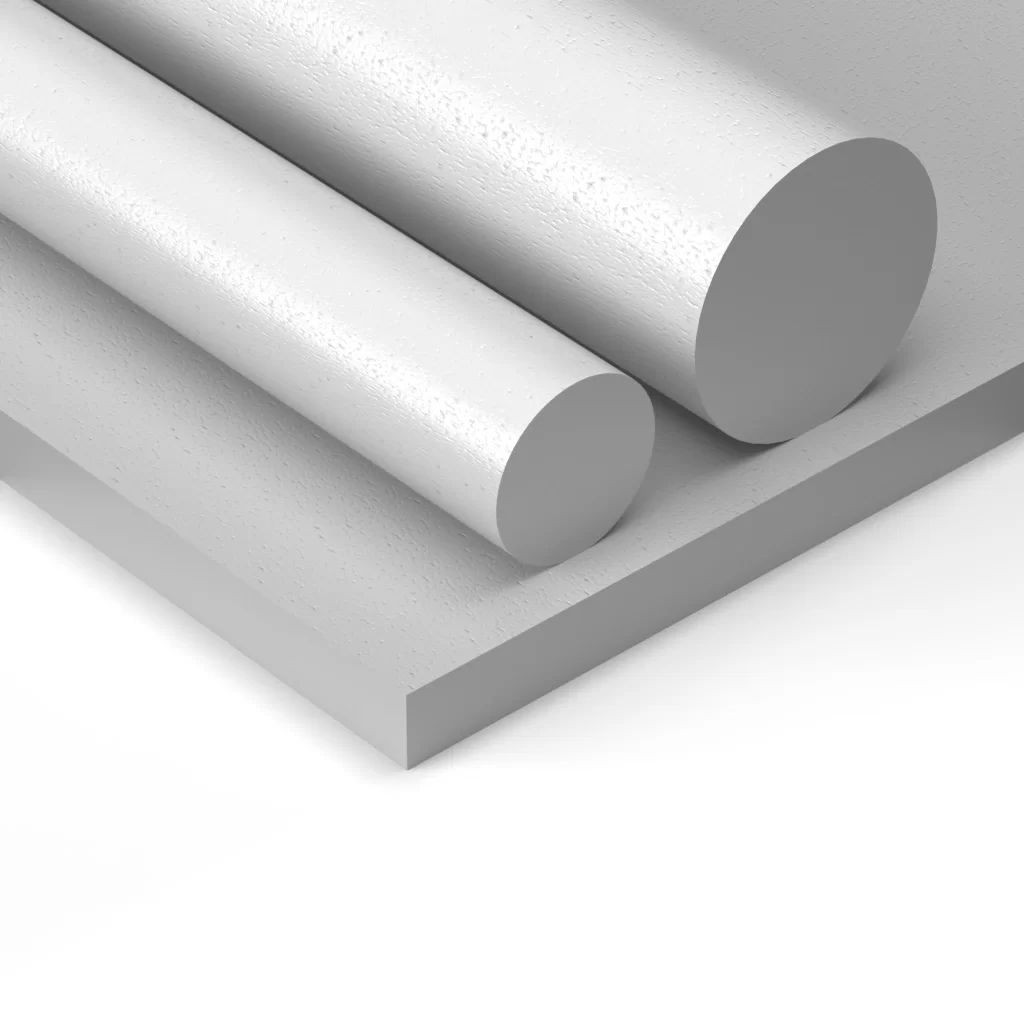- Our Materials
- PB10000 Materials
- Porous PTFE
PB12000 SERIES
Porous PTFE
Porous PolyTetraFluoroEthylene (pPTFE) is a very low-density PTFE material. It combines the uniqueness of PTFE properties with a porous structure. The degree of porosity and porous size can be adjusted as a function of your application needs.
Porous PTFE materials are usually used as venting and filter elements, but their jagged surface also makes PB12000 materials excellent optical diffusers.
PBY Material Codes:
PB12000W - Porous PTFE
Porous PTFE Spec Summary
| Property | Test Method | Units | Typical Values |
|---|---|---|---|
| Color | - | - | White |
| Specific Gravity | ASTM D792 | - | Proprietary |
| Tensile Strength, min. | ASTM D4894 | PSI [MPa] | Proprietary |
| Elongation at Break, min. | ASTM D4894 | % | Proprietary |
| Service Temperature High | - | °F [°C] | 500 [260] |
| Service Temperature Low | - | °F [°C] | -436 [-260] |
| Second Melt Peak Temp. | ASTM D3418 | °F [°C] | 615 [324] |
| Glass Transition Temp. | ASTM D3418 | °F [°C] | -143 [-97]; 246 [119] |
Material Available In:
Porous PTFE Rods
Porous PTFE Tubes
Porous PTFE Sheets
Porous PTFE Material
Properties:
-
Symmetrical porous structure
-
Breathable, semipermeable
-
Hydrophobic
-
High temperature use
-
Minimal flex fatigue
-
Contaminants do not easily adhere to the surface
Typical Applications for
Porous PTFE Plastics
-
Gaseous and Liquid Filters
-
Diaphragms and Catalyst supports
-
Aerators for distributors and gas inlets
-
Venting elements for containers and batteries
-
Sensor protection elements
Porous PTFE Requirements
N/A
References
- Wypych, George. Handbook of Polymers. 2nd Ed., ChemTec/Publishing, 2016.
- Ebnesjjad, Sina. Fluoroplastics Vol1 & Vol2. 2nd Ed., Elsevier Inc., 2015.
- Aerospace Materials Specifications for PTFE materials (AMS3678)
- American Society for Testing and Materials (ASTM) Standards

